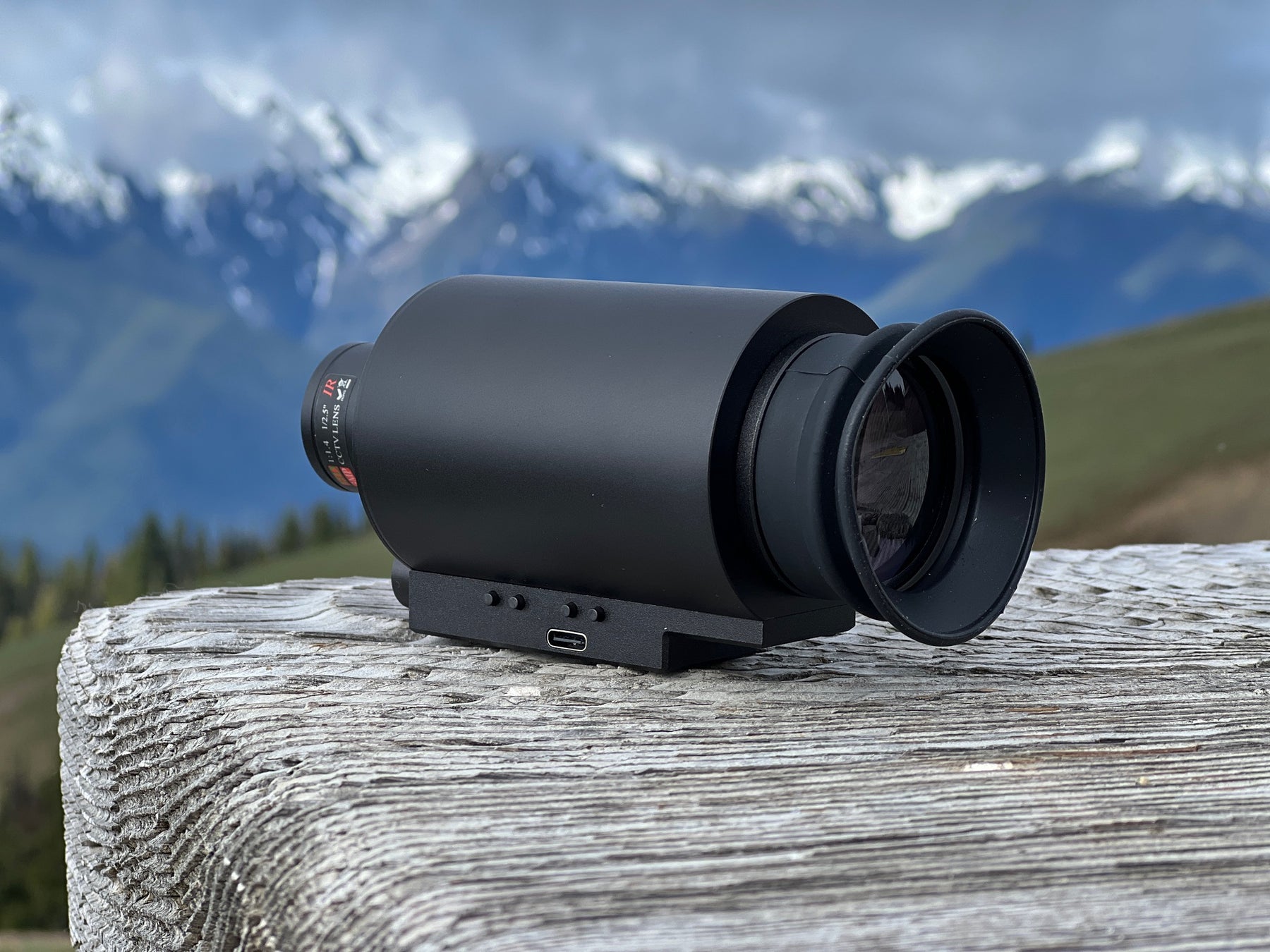
What Is The Difference Between 850nm and 940nm IR?
If you have ever shopped for infrared illuminators or digital night vision devices, you have likely noticed that they typically come in one of two flavors: 850nm or 940nm. While it is true that armchair experts on the internet can have very strong opinions about these two wavelengths, it remains largely unclear if the average consumer should care about this when shopping for their device.
Before I share my opinion on this matter, I want to make one thing perfectly clear: much of this debate centers around fringe scenarios that the average person is unlikely to encounter.
The short answer is this: the only difference between the two wavelengths is largely an aesthetic one. To the naked eye, the 850nm illuminator will have a fairly noticeable pink glow. The 940nm illuminator on the other hand will be virtually invisible. The important thing to understand here is that neither of these wavelengths are going to have any practical effect on the performance of the night vision device itself.
In other words, there is no reason to think that a 940nm illuminator is going to produce better results than the 850nm illuminator (or vice versa). They both do the exact same thing.
Covertness
Now, it's time for the long answer.
Because 850nm illuminators are slightly more visible to the naked eye, it could be argued that they are not as covert. Participating in close quarters activities like airsoft using a 850nm night vision device could theoretically make you easier to spot if you were competing against someone who was not using night vision.
Even though the above scenario makes absolutely no sense (why would a person without night vision be playing in the dark?), it is often cited in the sphere of internet debate.
Perhaps the most reasonable argument I have come across in favor of the 940nm illuminator concerns the activity of hunting. It is likely that certain animals are much more sensitive to infrared light than humans are. It's conceivable that 850nm illuminators could more easily scare these animals than a 940nm illuminator would.
Range
Due to the natural behavior of these wavelengths, it's likely the case that the 850nm illuminators will have a slightly longer illumination range. This means that night vision optics with magnification would likely benefit the most from a 850nm illuminator.
940nm illuminators on the other hand do not have the same advantage. In fact, some sources even claim that 940nm illuminators can only achieve half the range of a 850nm.
The problem with this argument is that it assumes bad engineering. Sure, it might hold true if you assume the same amount of power/current is being driven to both illuminators in the example above. However, in practice, manufacturers would adjust this variable (along with battery size) as needed to make sure the device actually works as expected.
No one is going to put a 940nm illuminator in a magnified night vision device. If they did, they would have doubled the power to make sure it works as intended.
Image Color
Last but not least, there is likely some differences in the color and clarity of the image produced by these two wavelengths. Depending on the device you are using, it is conceivable that a 940nm illuminator would produce a slightly more purple picture. 850nm on the other hand will be slightly closer to a true monochromatic (black & white) type of image.
Does this actually matter? Almost certainly not.
Conclusion
It's unclear just how tangible any of these differences actually are when it comes to the real world. Especially when it comes to recreational activities like hiking, cave exploring, tunnel exploring, or camping. Most people using these digital forms of night vision are just going to be playing around in their backyard or having fun somewhere in a forest.
For this reason, I personally don't think it's too important to pay attention to the wavelength of your night vision device. If you still feel compelled to entertain these arguments, it's best to follow this simple rule: 940nm for close quarters and 850nm for long range.
